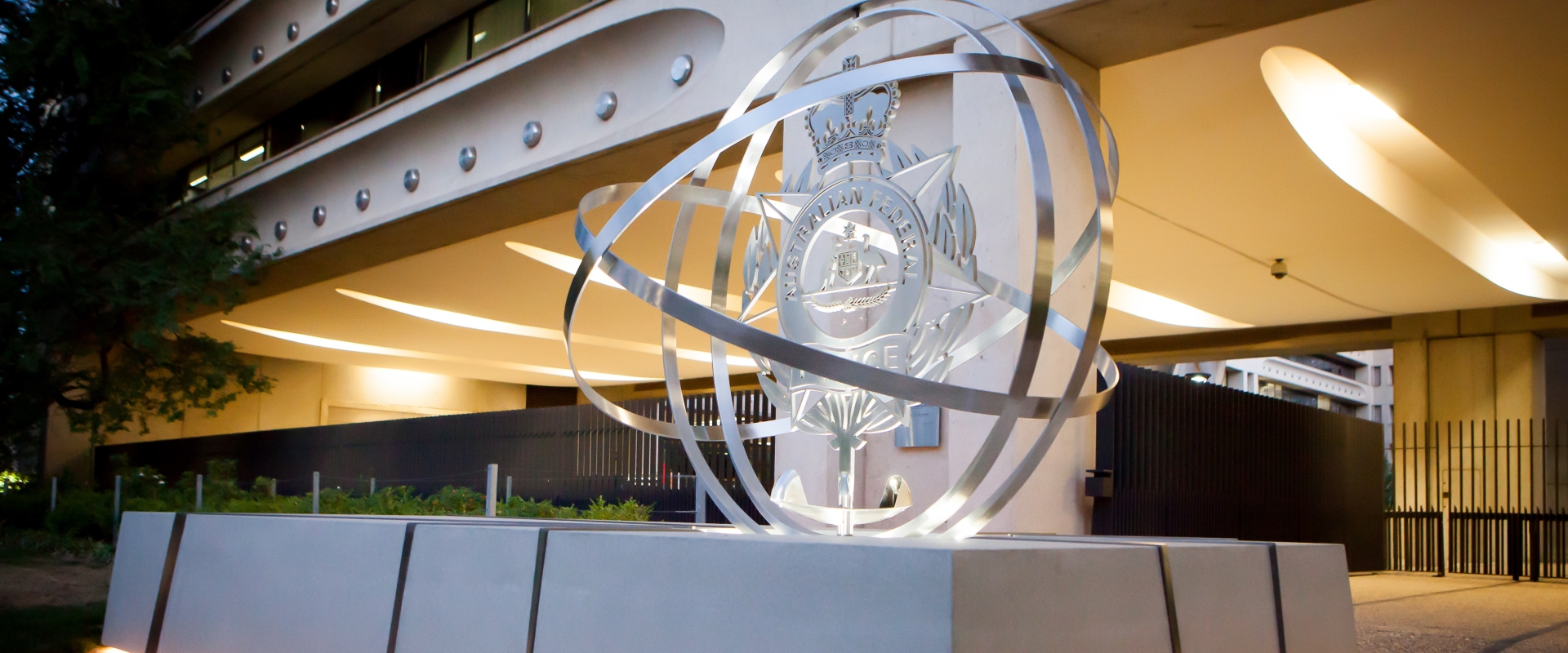More information
For more information on human trafficking and slavery, visit:
- Attorney General's Department information on Australia's response to human trafficking
- Commonwealth Director of Public Prosecutions legal information on human trafficking and modern slavery
- Department of Foreign Affairs and Trade information on Australia's international efforts to combat human trafficking and modern slavery
- Department of Social Services information about the Support for Trafficked People Program
- My Blue Sky national forced marriage support service with information on how to get help
- Bali Process on People Smuggling, Trafficking in Persons and Related Transnational Crime the Asia-Pacific forum for policy development and dialogue
- United Nations Office on Drugs and Crime information on global action against human trafficking

